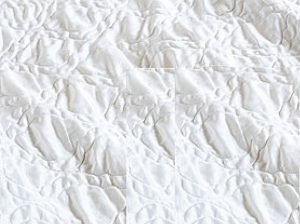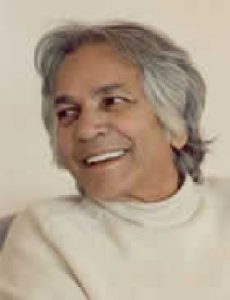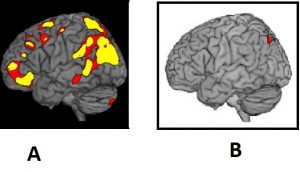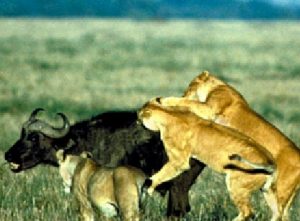 Q: “How to stop thinking?”
Q: “How to stop thinking?”
I do not know what this struggle about “stopping thought” is.
Everyone from the most intelligent to the dullest does it several times each night in deep sleep without any effort whatsoever!
It happens all the time when you are stunned by something sudden — a surprise, a life-threatening or life-enhancing situation, a beautiful object (person, scene, painting, art), in love.
Secondly, the world itself is a mentation (thought) — remember, the world includes your body-mind, mental thought etc.
Also, have you not observed that breath is closely related to thought — slow down breath, thoughts slow down; end breathing totally and thought ends – but that is called ‘death’ often. 🙂
Q: “Thought is more or less running my life, instead of me just being…”
There is a subtle but a great mis-understanding in that statement. Continue reading →





